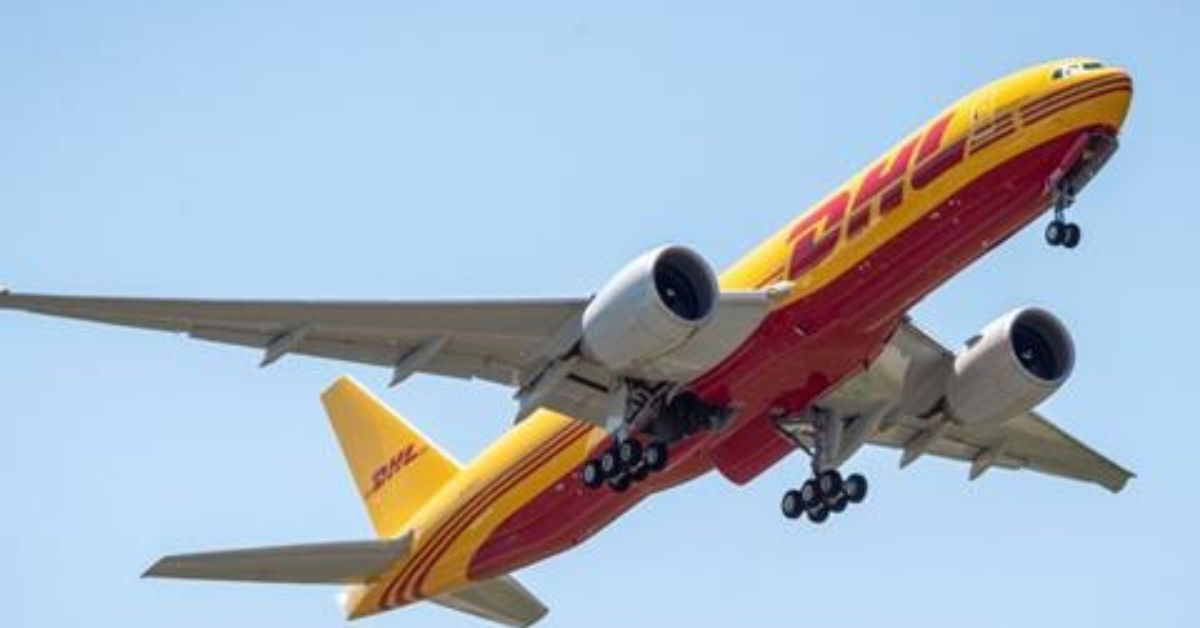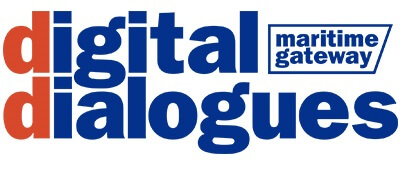DHL Group saw a decline in airfreight revenue during the third quarter of 2025, even as shipment volumes remained largely stable, reflecting the company’s disciplined approach to capacity and yield management amid a challenging global logistics environment.
The German logistics major reported airfreight volumes of 444,000 tonnes in Q3, just 0.2% lower than the 445,000 tonnes handled in the same period last year, with “largely unchanged volume momentum versus Q2.”
However, revenue in the Global Forwarding, Freight (GFF) division fell 7% year on year to €1.5 billion, due to continued pressure from weaker freight rates. Despite the revenue drop, gross profit rose by 5.9%, highlighting improved operational efficiency and cost management.
Total division revenue for the quarter stood at €4.6 billion, down 9.2% from a year earlier, while EBIT (Earnings Before Interest and Taxes) slipped 29.6%, impacted by softer demand and lower pricing across both air and ocean freight segments.
DHL attributed the muted performance to “the systematic withdrawal from high-volume, low-yield business,” along with weaker economic conditions in Europe and declining ocean freight rates. “The lack of volume recovery in air freight, declining ocean freight rates, and continued economic weakness in Europe led to a decrease in revenue and earnings at DHL Global Forwarding, Freight,” the company said.
At the Group level, revenue declined 2.3% to €20.1 billion, mainly due to currency effects. Still, through a mix of capacity optimization, structural cost savings, and selective price adjustments, DHL lifted its operating profit (EBIT) by 7.6% to €1.5 billion.
DHL also noted that recent US import rule changes affecting low-value shipments—previously exempt under the de minimis threshold—have had only a limited impact so far. However, the Express division has seen a decline in US-bound volumes due to higher tariffs and reduced low-value imports, which in turn has affected seasonal surcharges and market-based pricing.
“While the policy shift has reduced some lanes, it also creates opportunities to grow on trade routes with underutilized capacity and improve network balance,” DHL stated. The company said it continues to maintain “yield discipline,” optimize its air network, and enhance productivity across ground operations and hubs — measures it described as of “medium significance” to future profitability.
DHL confirmed ongoing investments across Asia, the Middle East, and Africa, and a stronger push into life sciences and healthcare logistics. In September, the company bolstered its healthcare capabilities with the acquisition of US-based pharmaceutical logistics provider SDS Rx.
As part of its ‘Strategy 2030’ and ‘Fit for Growth’ programs, DHL is also ramping up digital transformation, including the deployment of AI-driven agents, robotics, and an expanded parcel locker network.
In response to volatile market dynamics, the Group has pursued extensive cost and capacity optimization measures — including an 8.5% year-on-year reduction in aviation costs within DHL Express.
Looking ahead, DHL anticipates the usual seasonal surge in e-commerce shipments during the fourth quarter and plans to temporarily deploy 10 additional Boeing 777 freighters on high-demand trade routes to handle peak traffic efficiently.









